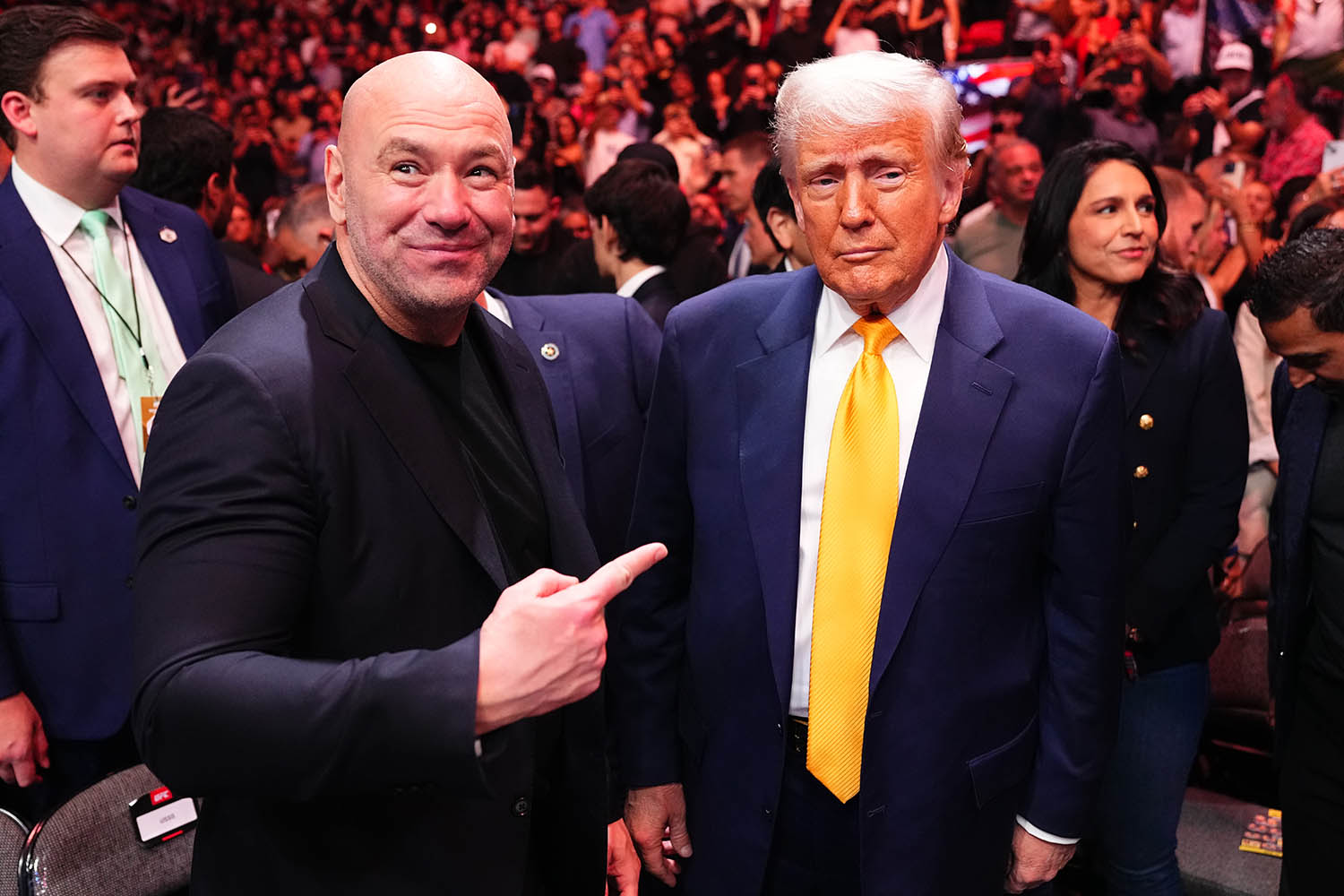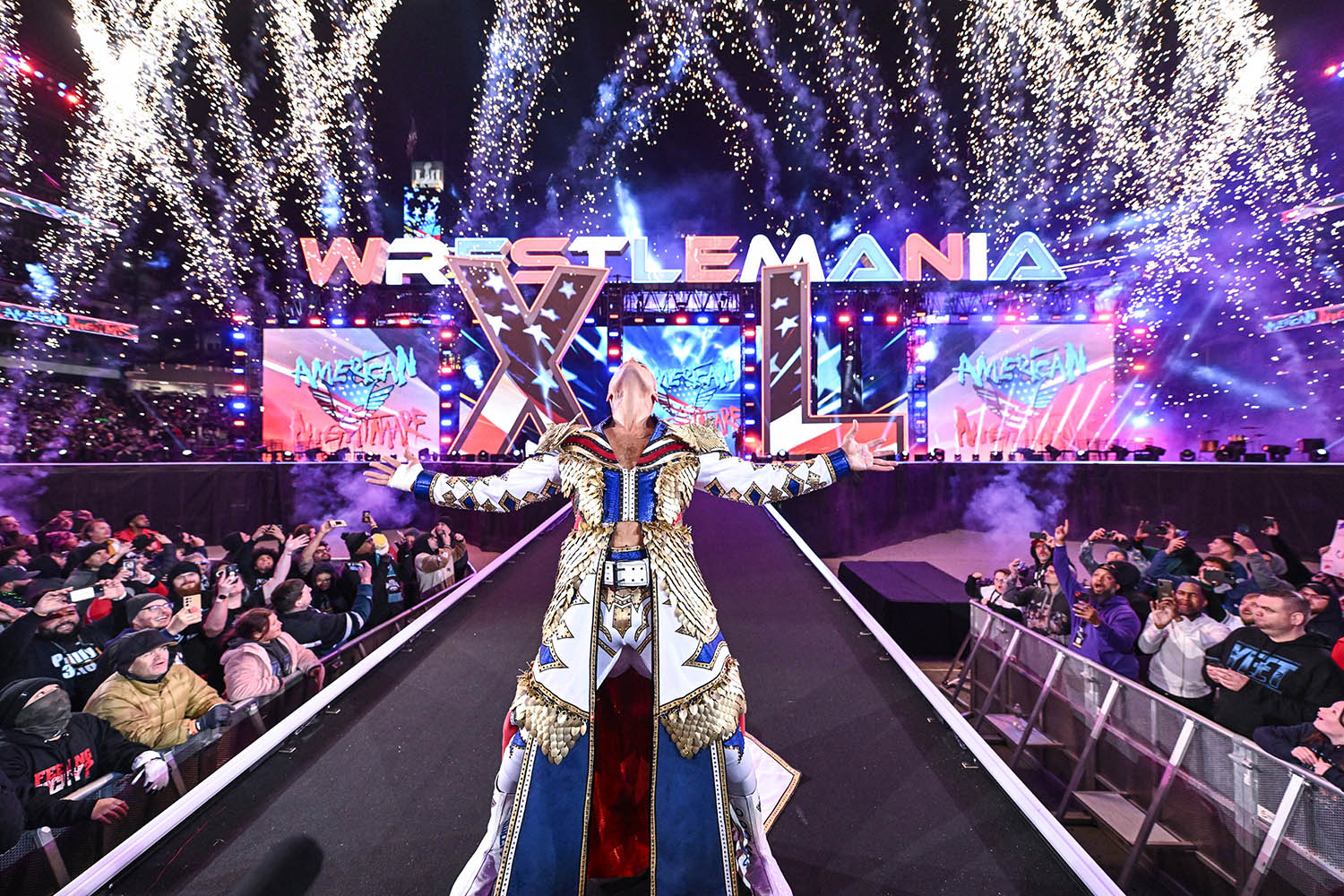Unlikely as it might sound, it wasn’t boxing, Hollywood or even softcore pornography that brought pay-per-view television into the mainstream. It has its roots in what might unkindly be regarded as a combination of the three: professional wrestling.
The idea of pay-per-view first took root in the United States in the 1960s; by 1975, it was a sufficiently viable technology that 500,000 people paid HBO to watch the Thrilla in Manila, the heavyweight title bout between Muhammad Ali and Joe Frazier in the Philippines, from the comfort of their own homes.
But it was when the wrestling promotion now known as World Wrestling Entertainment (WWE) adopted it in the late 1980s, that pay-per-view became an industry. In 1987, WrestleMania III – the third instalment of the company’s annual extravaganza of Spandex and open-fist punching – brought in an estimated $10.3m on pay-per-view. By the 1990s, some remote controls in the US came with a specific pay-per-view button.
It is fitting, then, that WWE – along with its corporate stablemate, the Ultimate Fighting Championship (UFC) – seems to have delivered a knockout blow to the technology.
Fresh from its politically-charged merger with Skydance, the American broadcast network owner Paramount announced a $7.7bn (£5.6bn) deal last week that will make it the exclusive home of all UFC events in the US for the next seven years. Paramount will show 13 of the sport’s showpiece occasions, as well as 30 “fight nights” every year.

Donald Trump with UFC President and CEO Dana White at Kaseya Center on 12 April in Miami, Florida
“This deal puts UFC among the biggest sports in the world,” said Dana White, UFC’s outspoken, Trumpian chief executive. “It’s super-smart for Paramount,” said Joe Rogan, the gullible podcast bro who made his name hosting UFC events. “Not just to have UFC for seven years, but to have it for free. That’s incredible.”
Rogan’s interpretation is not quite right: viewers will have to pay to watch UFC fights, but as part of a monthly subscription, rather than through pay-per-view. It is a change of approach that has been coming for some time, according to François Godard, a media and telecoms specialist at Enders Analysis, a UK research house.
“Pay-per-view is perhaps not in terminal decline, but it is vanishing,” he said. “It emerged at a time when consumers were familiar with the idea of renting a tape or a disc of a movie. The public is less open to that now. The concept of renting a piece of content has all but disappeared.”
The concept of renting a piece of content has all but disappeared’
François Godard, analyst
The Paramount deal followed a similar one cut this month by WWE with ESPN to show its marquee occasions, including WrestleMania, worth $325m (£240m) a year over the next five years. That follows last year’s deal with Netflix, which now broadcasts some of WWE’s regular programming at a cost of $5bn (£3.69bn) over 10 years. WWE and UFC merged in 2023, forming TKO Group.
Across the Atlantic, this has been interpreted as evidence of a “Great Rebundling”, in which both legacy networks and streamers try in effect to recreate what cable and satellite television once offered: one subscription that gives viewers almost everything they want. Sports – or something close to them, in wrestling’s case – are valuable weapons in that battle. Whether it is in the fans’ interests, though, is another matter.
“There is nothing new here,” said Godard. “This was true of subscription TV, too. If you had to choose one piece of content, you’d choose sports. But the larger story is still one of fragmentation: most of those people who want to watch UFC on Paramount will probably want to watch other sports, and for that they still need other subscriptions.”
Photographs by Jeff Bottari/Zuffa LLC and WWE/Getty Images

